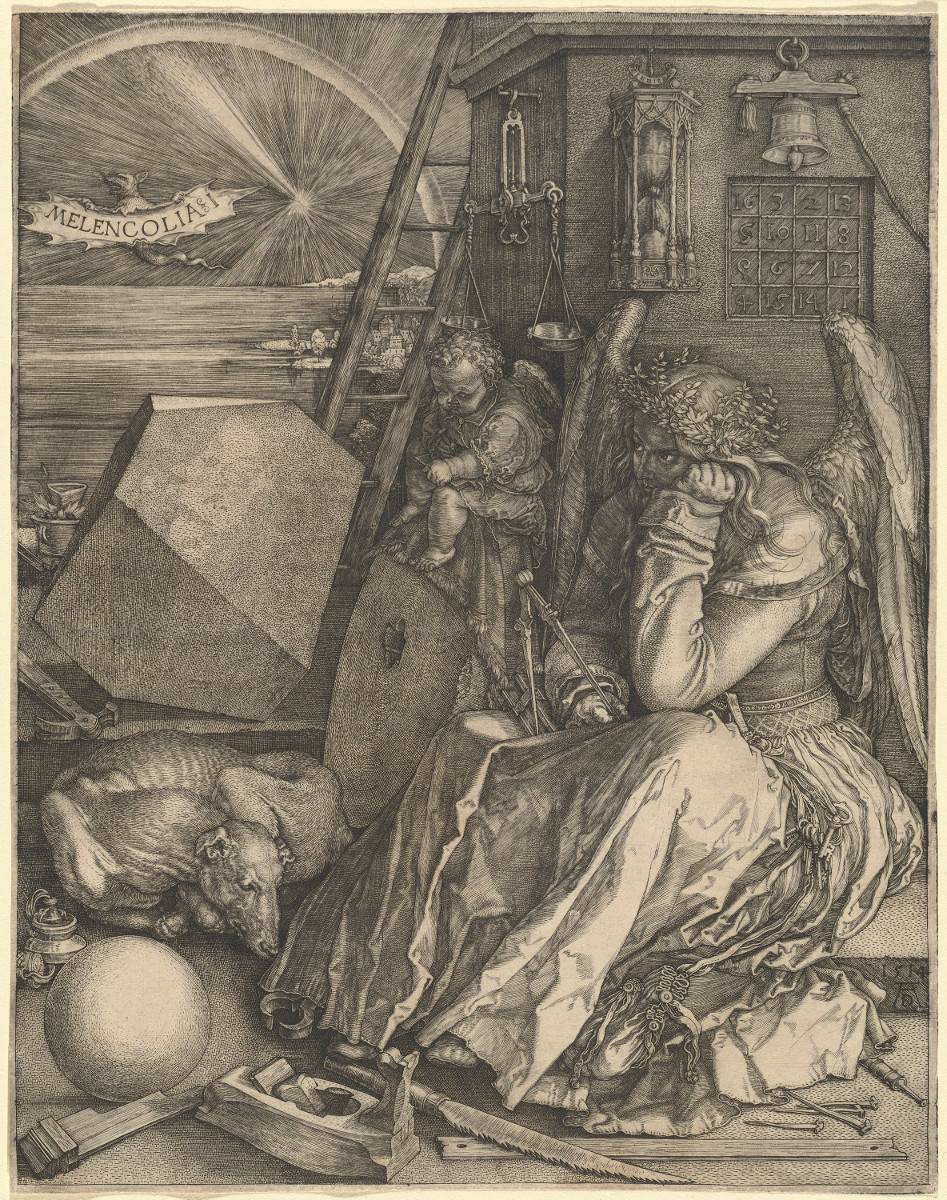
Below, I listed my biggest influences painting, and I recorded a few brief comments by which justify my admiration for such artists. This type of text is always subject to change. I clarify that it was not written in chronological order.
My passion for painting began in childhood times and today, is firmly intrinsic in me. Throughout this period of time, I met many artists that fascinated me and prompted me deeply, levando-me, inevitably to write reflections on their legacies and on their lives. In the following genii, there are countless others who admire, but certainly these are the three names that come up in my mind when someone asks what my favorite painters.
Bosch:
I met this artist through a book on Occult. In that work, It mentioned that Bosch painted on screen content that envisioned during astral travel. I never read any other reference about it and not preocuparei in seeking any evidence on the subject, just I felt strongly attracted to only know the artistic production of Bosch.
This painter certainly not common themes portrayed, as for example, set in the beautiful precept pictures, social critics (or other) explicit or realistic figures. In fact, on the screens of this talented genius, There are remarkable escape such ways that I used as an example. What is missing in Bosch is the standard, for his imagination captured scenes, characters, environments and atypical objects and, sometimes, disturbing. Trying to decipher the mind of a man like this great artist, It is an impossible task to be performed. I do not doubt that his legacy has influenced a plan that is beyond this we live and, in this sense, Admittedly,, in a way, it is possible that he has pierced the limits of physical and material reality in which we live, and other dimensions played.
The screen that really captivated me was “The Madness Of Stone Extraction”. Why or “for what” It would be necessary to withdraw from us that which allows deliremos beyond our consciousness? Madness is a shining soul! It's a sweet extravagance that allows us to taste the bitter waves of existence. Bosch never took himself to “Stone of Madness”. And this (it means, The madness), perhaps the main signature of his legacy. After all, if by madness is understood “that which is opposed to the ordinary”, then Bosch was a real crazy.
The Garden Of Delights is one of the most eccentric displays of art history. Spills in imagistic confusion can upset any man. Not worth trying to assign logical sense for a fantastic potential of painting! What delights me most in this wonder, They are the figures and objects unknown to. Let us admit: few painters (or perhaps no) has been able to give life to a new world with such mastery and spontaneity as did Bosch, this unclassifiable genius. Also highlights for “Ecce Homo”, “Concert in the Egg” and “Ascent Of The Blassed”.
Düher:
Perhaps the most extraordinary painter of history, although his talent was overshadowed by other artists of his time. I began to explore Düher's universe through a work in which he suggests a dialogue between “death, the devil and a knight (which is a human)”. When I saw this painting was fascinated trying to guess what kind of discussion and / or reflection could arise between such creatures. The curious and endless my speculations, They were added to the technical qualities of the painting of this great German artist.
Everything enchanted me this brilliant man! There are mystical symbolism and celestial floating in much of their screens, but such elements are always hidden. As he once wrote: "Only a barren mind does not have self-confidence to find the way of something that is beyond, dragging for some track spending, glad to imitate others and without the initiative to think of herself ".
“Melancolia I”, for example, It is a real and attractive complex puzzles. Ever I come across with numerous interpretations of this work, but I believe that it is useless to try to unravel it. At my point of view, there are two angelic figures which itself represents the concept of melancholy. There are building materials scattered around the environment. In addition, note that one of the heavenly beings carries a key. Hanging on the wall there is a square coping numbers, and an hourglass. You can also notice a third object: a scale (that binds, including, with one of the signs of the zodiac – libra, meaning the balance), plus a ladder. There are still some geometric figures filling the screen environment.

Note that held a purely physical description, and it is extremely complex to speculate if there logical link between the above elements (that is, if there is chaining), or if it is only a lot of items intuitively stripped of disjointed form. Were the sacred spirits, a prelude of melancholy? Do these beings are the architects of this feeling that plagues men? the math, which is sent by the geometric shapes carries a special meaning for our author? What are, in fact, the number sequences present on the screen?
In the magic square (which has become well known), you can see that the sum of all horizontal or vertical rows, curiously culminates number 34. This result is also obtained a sum made on the diagonal as well as in various other combinations. In addition, It is somewhat complicated to make assumptions.
The fact is that the work of Düher will never be unveiled, and this makes it fascinating. What we see today, It is a sequence of subjective attempts to interpret the symbols arranged on its various screens, but there is no final and plausible conclusion, and this situation provides an abstract atmosphere to the legacy of this great German painter.
I also appreciate the animals with great pleasure that the artist painted, as this issue showed the fullness of his technical talent. Rabbits and rhinos have been designed with great mastery, and the final result of these prints resemble the photographs.
Sign up to receive Event News
and the Universe of Arts first!
William Blake:
This captivating genius, in most of his work, He emphasized the Religiosity. The prevailing spirituality in Blake's engravings is full of esotericism.
As a child, I would have seen angels hovering over a tree in London. The occurrence of such, They add to a series of spiritual nature views. This kind of experience led the artist to understand the art itself as a field that lies beyond the limits of rationality, and it lies in the sphere of intuition. I wrote a more complete text on the philosophy of art of William Blake, which can be read in “Acervo Filosófico“. Anyway, short (and enough), for painter, failure is trying to perform a work by means of rational principles. The physical field, material and scientific are not capable of apprehending art. Because I already have more complete material and study on Blake, I will not go into details, just mention here and outline the reasons why both admire. Maybe it was the first painter I fell in love. I met him through a (popular) phrase of his own: “When the doors of perception are opened, all appear to man as it really is: Infinity”. These words pleased me a lot because I do not know until now if I agree with it or not, although, actually, be unwise to position myself as my own dimensions of perception are not open.
His paintings overflow originality. The composition of the characters is somewhat ridiculous and the use of colors is an artist differential: employed or cold or warm colors, so that his art was practically divided between “Beautiful” or “sublime”, and the environments, They were almost always heavenly. Blake said that “without opposites there is no progress”, so maybe there was this kind of dualism in his paintings.
.
[one_half]
.
JULIANA VANNUCCHI
Sorocaba – São Paulo
Facebook Profile | Facebook Fan Page
Website Philosophical Collection
E-mail: ju.vannucchi@hotmail.com
[/one_half][one_half_last]

Group on Facebook | Instagram
LinkedIn | Facebook | Twitter
[/one_half_last]


2 thoughts on ““Geniuses painting:” by Juliana Vannucchi”